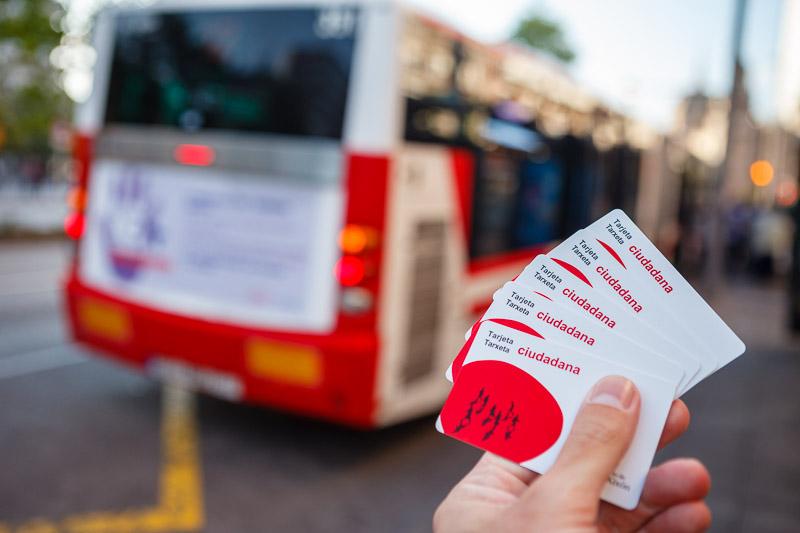Citizen Card: European cities at your fingertips
The citizen card offers people the possibility to access public services where and when they want.
European cities are working to make life easier for their residents and Europeans more broadly. Finished the dozen different cards and procedures to access city services, one card – and/or app – will give people simple direct and personalised access to many different services within their own city – from using public transport to visiting a zoo, the local library or accessing social benefits. It offers people the possibility to access public services where and when they want.
Not only, the final objective is to develop a European citizen card so that Europeans using a citizen card in their own city will be able to use the same one in any other European city to access the same services. Imagine being a citizen of Gijon and using your local Citizen Card in Rotterdam to visit the Euromast, to use public transport in Pau or to admire the National Sculpture Museum in Valladolid.
It might sound like a dream, but with combined efforts and a clear vision, it is possible to offer current and future generations a hassle-free, safe, secure and convenient solution to roam between European cities with only a smart card or app in the palm of your hand.
The Eurocities Digital Forum ran the Citizen Card project in 2022, with the goal of creating a ‘white label’ Citizen Card for European cities so that citizens can access services and products in each European city using the same Citizen Card.
How far are cities into realising this dream?
Eight cities at different levels of development of a citizen card have gotten together and exchanged experiences, skills, successes, and failures. The result of this Citizen Card working group is a report collecting a number of basic building blocks, processes and methodologies to introduce a Citizen Card in a city. It is a first step in developing a white label Citizen Card.
Is your city interested in jumping on the Citizen Card train? You can read through the report of the working group, a useful guide through the main principles and steps a city has to take into consideration when thinking of introducing a Citizen Card. What can you find in the report:
- A Citizen Card process overview to support cities in their Citizen Card journey.
- How to identify your city’s specific challenges and needs. Find out how to pinpoint Citizen Card processes and articulate the bottlenecks that you seek to improve, which will set the stage for selecting appropriate Citizen Card interventions.
- How to rethink the way tasks are performed and reflect on interventions to address the identified bottlenecks. Suggestions on which interventions match the perspective you want to follow.
- How to plan the implementation of prioritised interventions within a Citizen Card ecosystem, recognising the iterative nature of the implementation process. What are the critical components? What other considerations should you make?
- A clearly established enterprise architecture describing how different processes, data, systems and technologies function together is crucial for guiding interoperability to support data exchange between public services. An enterprise architecture blueprint lays the foundation for scaling up and sustaining Citizen Card applications that are standardised and interoperable and that will facilitate access to information resulting in better decision-making and improved outcomes across multiple areas. The report provides a view of the necessary building blocks and a rational method of understanding, defining and manageably implementing interventions. It also introduces a generic high-level architecture for a white label Citizen Card solution and lists considerations for the architecture.
- You will need to demonstrate the added value of the Citizen Card implementation and, where possible, the contribution to improved public services outcomes. Planning to deploy a Citizen Card intervention includes determining what to monitor and identifying what to evaluate to ensure that the intervention is working as planned and has the effects that you expected. The report goes through monitoring and effective data use practices.
Join in the adventure
The aim is to further develop the white label Citizen Card together with interested cities and the Living-in.EU initiative and to create interoperable technological underpinnings in the form of Minimal Interoperability Mechanisms (MIMs). Part of shaping the way forward is creating a shared strategy to raise funding to provide European citizens across participating cities with a cross-border Citizen Card solution.

